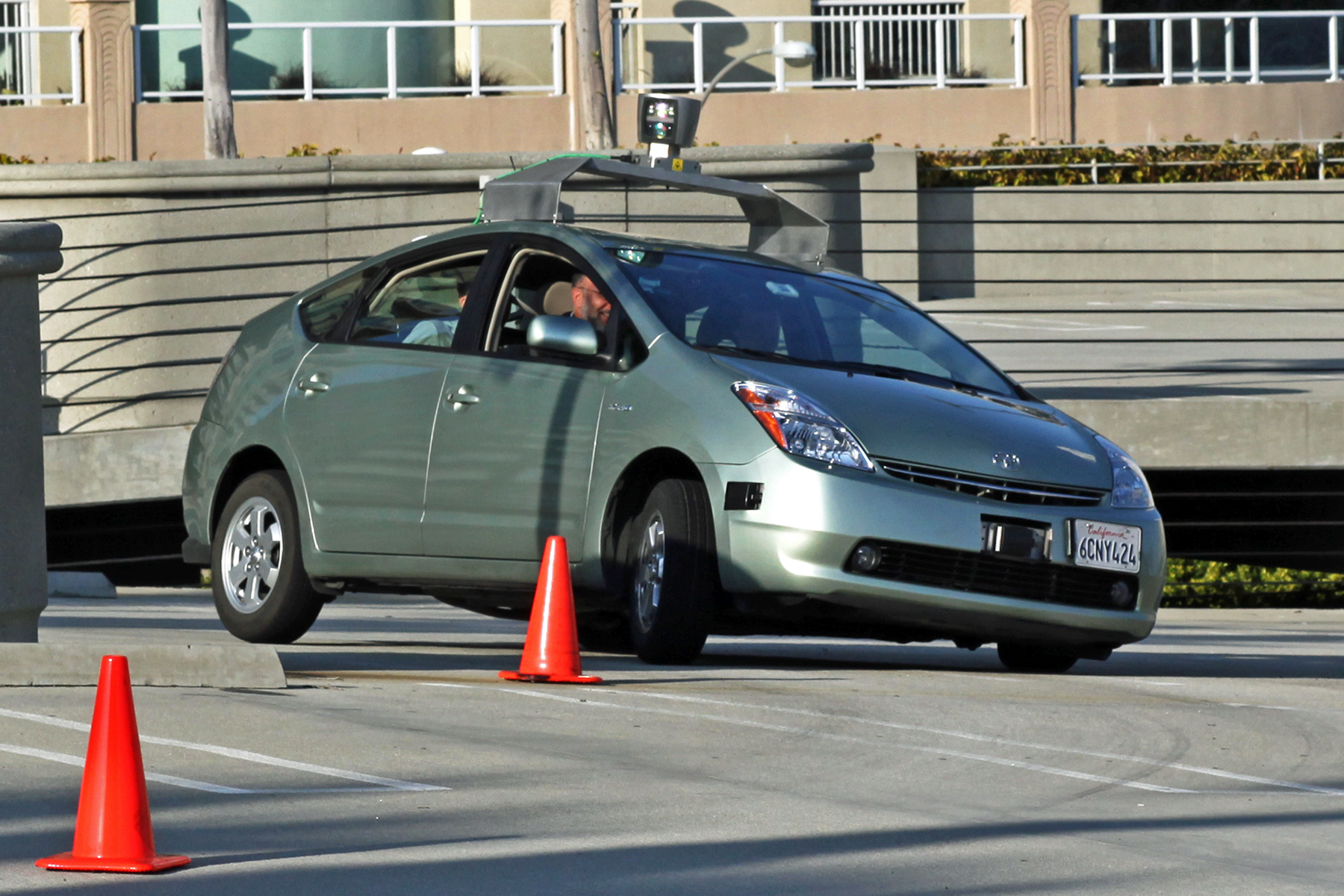What if it was possible to bring back the woolly mammoths? Should we do it, or would it be unethical to bring back a species that went extinct thousands of years ago?
Woolly mammoths first appeared over 200,000 years ago and are similar to modern elephants but were adapted to the cold environment of the last ice age.
Recently scientists have found a female woolly mammoth that was about 2.5 years old buried in ice in Russia. This specimen was extremely well preserved due to the ice, which is remarkable since it was alive 39,000 years ago. The mammoth that they found still had fur and its internal organs mostly intact, most importantly scientist were able to extract mammoth blood.
The cloning process can only begin if the DNA is found to be useable and undamaged. Also since cloning is a relatively new process, methods would have to be created to do so and if scientists are successful in cloning the mammoth this could revolutionize the field of cloning. Also if it is possible, it could even be used to bring back endangered species.

The main problem is whether or not we should do it because woolly mammoths had their chance and evolution selected against them. If scientists are successful in cloning the mammoth then that would be the only one of its entire species alive and in an environment that it is hardly even adapted to.






